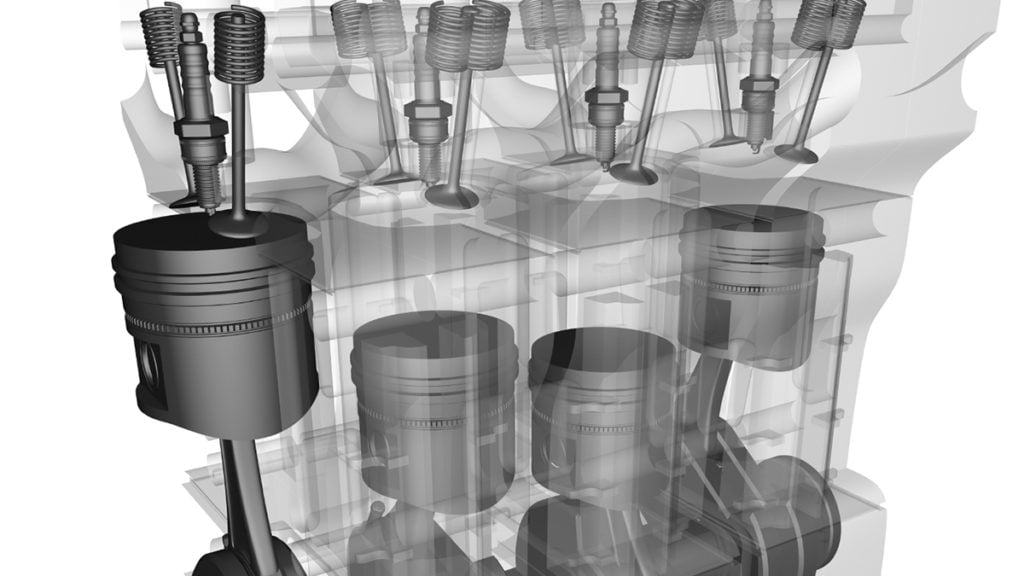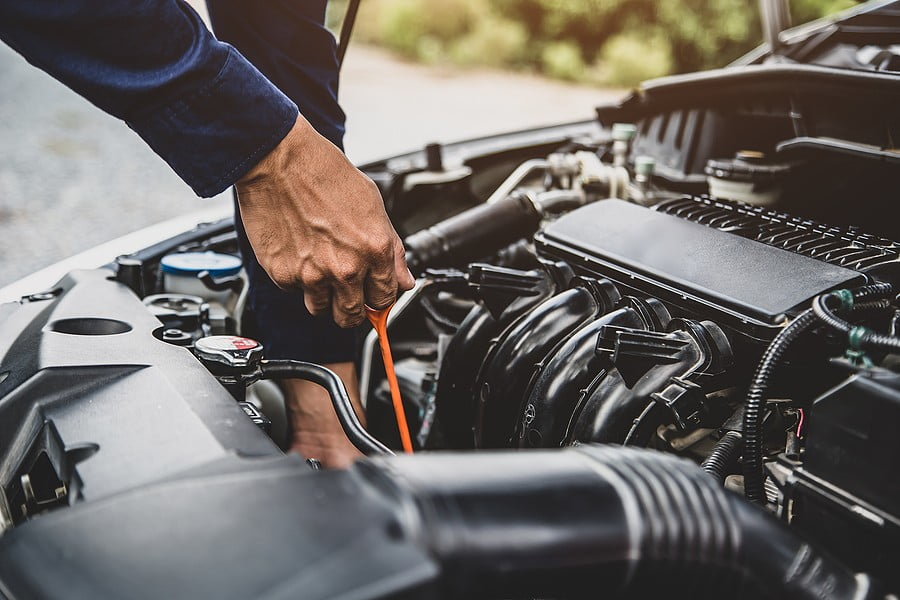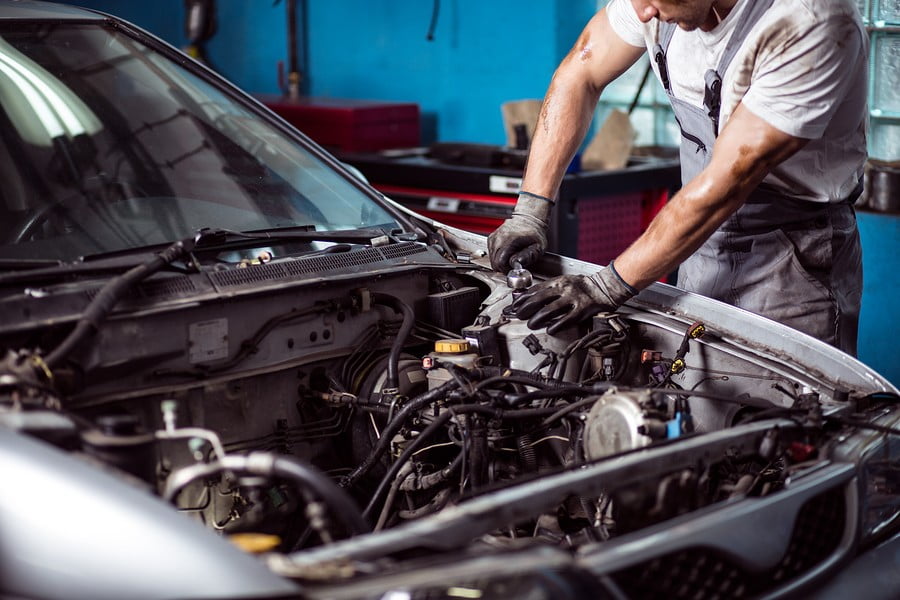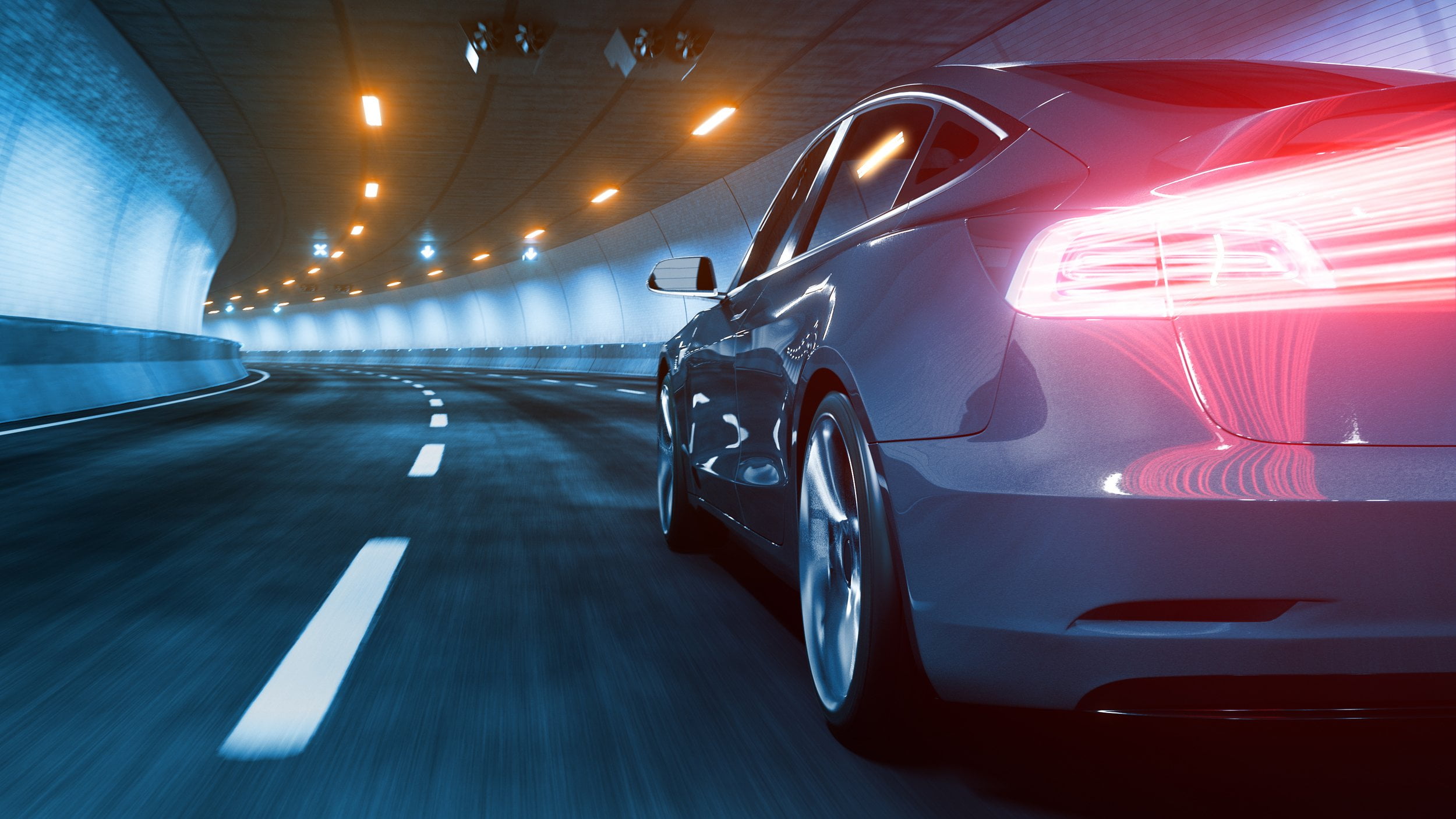Car Engines: How They Work and What You Need to Know


Introduction
The internal combustion engine has been at the heart of automotive technology for over a century, propelling cars, trucks, and motorcycles with incredible power and efficiency. In this article, we will delve into the intricate workings of car engines, breaking down the key components and explaining the basic principles that make these marvels of engineering run.
Whether you’re an automotive enthusiast or just a curious driver, understanding car engines can help you appreciate the machines that get you from point A to point B and make informed decisions when it comes to maintenance and upgrades.
The Internal Combustion Engine
Most cars on the road today utilize internal combustion engines. This term, often shortened to “IC engine,” refers to a machine that burns fuel inside the engine to generate power.


The power generated by the engine is what ultimately moves your car. There are two primary types of internal combustion engines used in automobiles: gasoline engines and diesel engines.
Gasoline Engines
These engines operate on a cycle known as the Otto cycle, named after Nikolaus Otto, a German engineer who developed it in the 1870s. In a gasoline engine, a mixture of air and fuel is compressed within a cylinder, and then a spark plug ignites the mixture. This controlled explosion pushes a piston down within the cylinder, creating mechanical energy. This energy is then transferred to the wheels of the car, moving it forward.
Diesel Engines
Diesel engines use a different cycle called the Diesel cycle, named after Rudolf Diesel. Unlike gasoline engines, diesel engines do not have spark plugs. Instead, they compress only air into the cylinder, raising its temperature. This high temperature and pressure cause the diesel fuel to spontaneously ignite when injected into the cylinder. The expansion of gases due to combustion pushes the piston down, driving the vehicle.
Key engine components
To better understand how car engines work, it’s essential to know the fundamental components that make up the engine:
Cylinder
The cylinder is a cylindrical chamber where the combustion process takes place. Most engines have multiple cylinders arranged in-line (in a row), in a V-shape, or even in a flat (horizontally opposed) configuration.
Piston
Pistons are cylindrical parts that move up and down inside the cylinders. They are connected to the engine’s crankshaft and are responsible for converting the energy from the combustion process into mechanical power.
Crankshaft
The crankshaft is a rotating shaft that transforms the linear motion of the pistons into rotational motion. It’s connected to various engine components, including the transmission, to drive the vehicle’s wheels.
Valves
Valves are used to control the flow of air and fuel into the cylinders and the expulsion of exhaust gases. Most engines have intake and exhaust valves to manage this process.
Camshaft
The camshaft is responsible for operating the valves, allowing them to open and close at the appropriate times during the engine’s cycle.

Fuel Injection System
This system delivers the right amount of fuel into the cylinders, either through a carburetor (older engines) or a fuel injector (modern engines). The fuel must mix with air in the right proportions for efficient combustion.
Ignition System
Gasoline engines use spark plugs to ignite the air-fuel mixture, whereas diesel engines rely on high compression to ignite diesel fuel. The ignition system ensures the combustion process occurs at the right moment.
The Four-Stroke Cycle
Most internal combustion engines operate on what’s called the four-stroke cycle, also known as the four-stroke engine cycle. These four strokes are:
Intake Stroke
The piston moves down, creating a vacuum in the cylinder. The intake valve opens, allowing a mixture of air and fuel to enter the cylinder.
Compression Stroke
The intake valve closes, and the piston moves back up the cylinder, compressing the air-fuel mixture. This compression raises its temperature and pressure.
Power Stroke
When the air-fuel mixture is at its most compressed point, the spark plug (in gasoline engines) ignites it. This creates a rapid expansion of gases, forcing the piston down. This is the stroke that generates the engine’s power.
Exhaust Stroke
The exhaust valve opens, and the piston moves back up the cylinder, pushing the burnt gases out into the exhaust system.
This cycle repeats thousands of times per minute, propelling the vehicle forward and delivering the power necessary to drive.
Understanding engine capacity and performance
When shopping for a car, you’ll often encounter terms like “2.0-liter engine” or “V8.” These specifications provide insight into the engine’s capacity and performance characteristics:
Engine Capacity (Displacement)
Engine capacity refers to the total volume of all the cylinders within the engine. It’s typically measured in liters or cubic inches. A larger-capacity engine generally produces more power and torque.
Number of Cylinders
The number of cylinders in an engine can vary. Common configurations include four-cylinder, six-cylinder, and eight-cylinder engines. More cylinders often mean more power, but it can also increase fuel consumption.
Horsepower and Torque
Horsepower (hop) is a measure of an engine’s power output, while torque is the twisting force generated by the engine. These figures reflect the engine’s performance and influence how a vehicle accelerates and handles loads.
Maintenance and care
To keep your car engine running smoothly, regular maintenance is essential. This includes:
Oil Changes
Regular oil changes are crucial to ensure proper lubrication of engine components and prevent wear.
Air Filter Replacement
A clean air filter ensures a proper air-fuel mixture and efficient combustion.
Spark Plug Replacement
In gasoline engines, worn spark plugs can lead to misfires and reduced performance.
Timing Belt or Chain
These components ensure that the camshaft and crankshaft stay synchronized, and their replacement is important to prevent engine damage.
Cooling System Maintenance
The cooling system, which includes the radiator and coolant, must be in good working order to prevent engine overheating.

Fuel System Cleaning
Regular cleaning of the fuel system can prevent clogs and maintain efficient fuel delivery.
The Future of Car Engines
As we move into the 21st century, automotive technology is evolving rapidly. Electric vehicles (EVs) are becoming more popular, utilizing electric motors and batteries instead of internal combustion engines. These EVs offer a cleaner and more sustainable alternative to traditional vehicles. Additionally, hybrid vehicles combine gasoline or diesel engines with electric power to increase fuel efficiency and reduce emissions.
Conclusion
In conclusion, understanding how car engines work is not only fascinating but also beneficial for car owners. It allows you to make informed choices about your vehicle and its maintenance. As technology continues to advance, the automotive landscape is shifting, but the traditional internal combustion engine remains a cornerstone of transportation, even as it shares the stage with newer and more sustainable alternatives.











